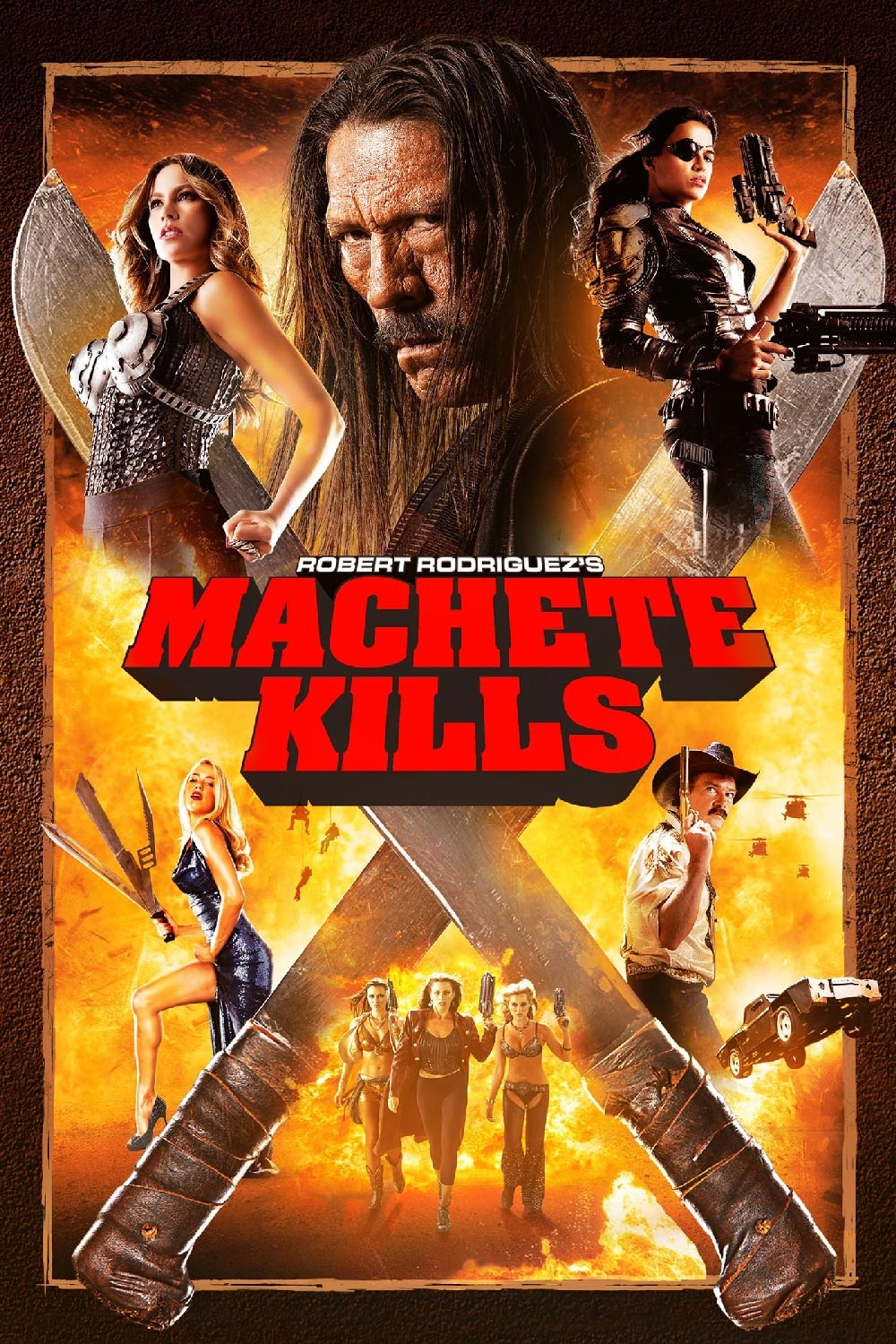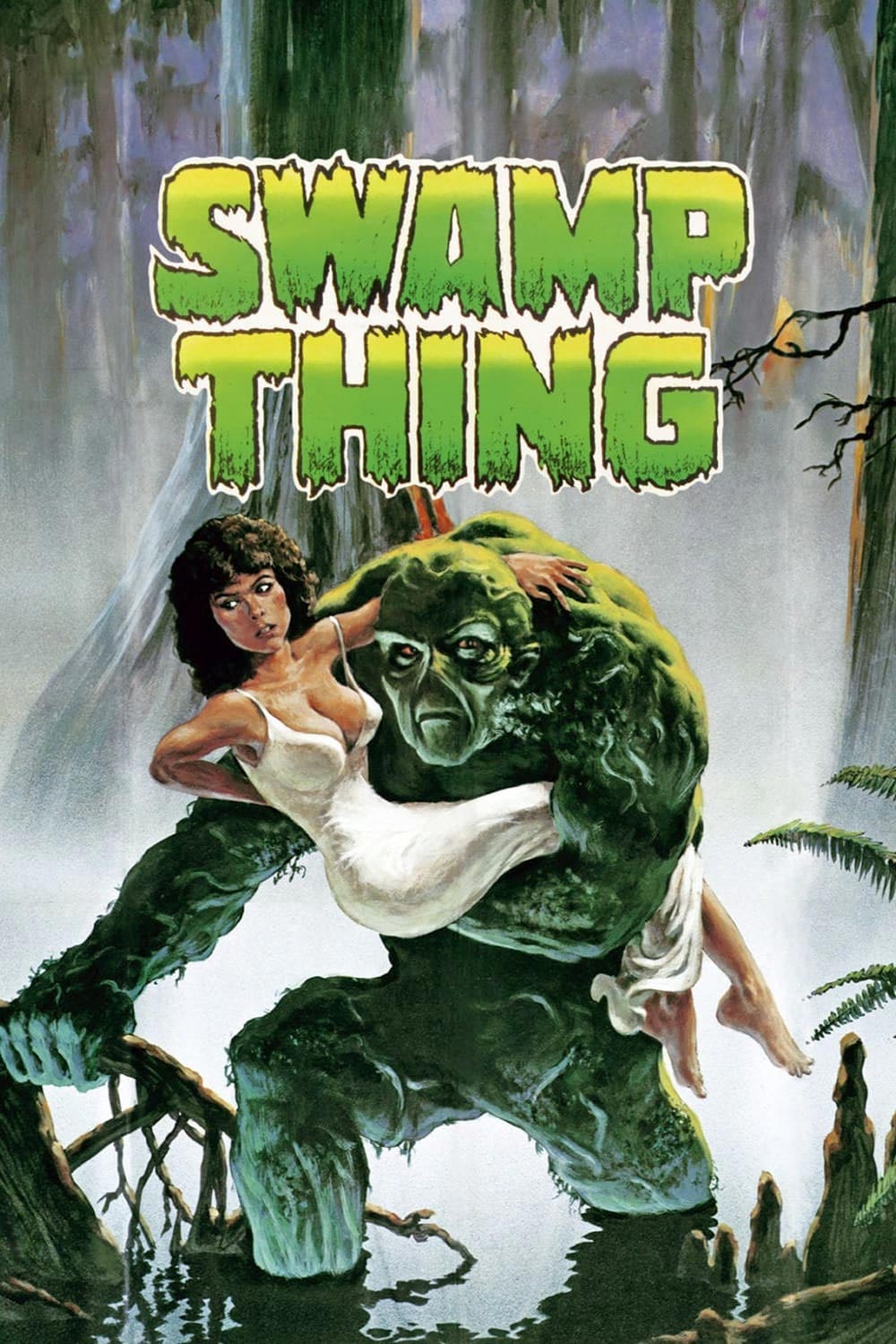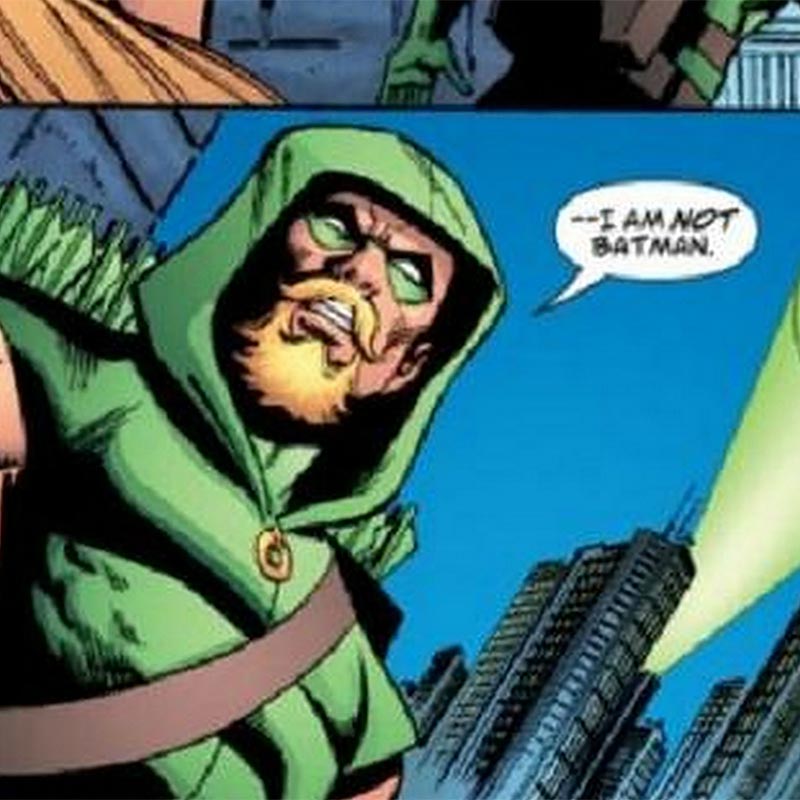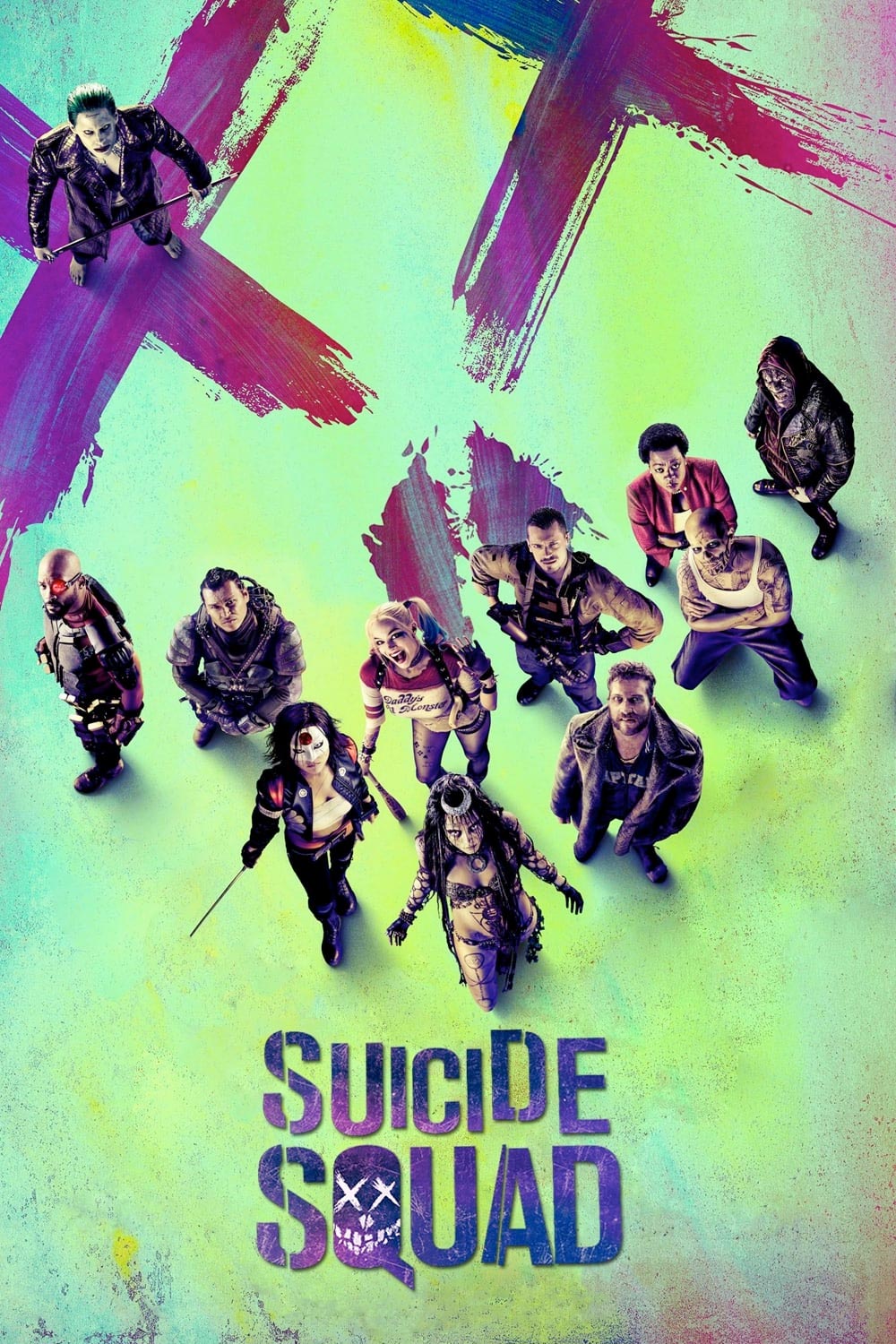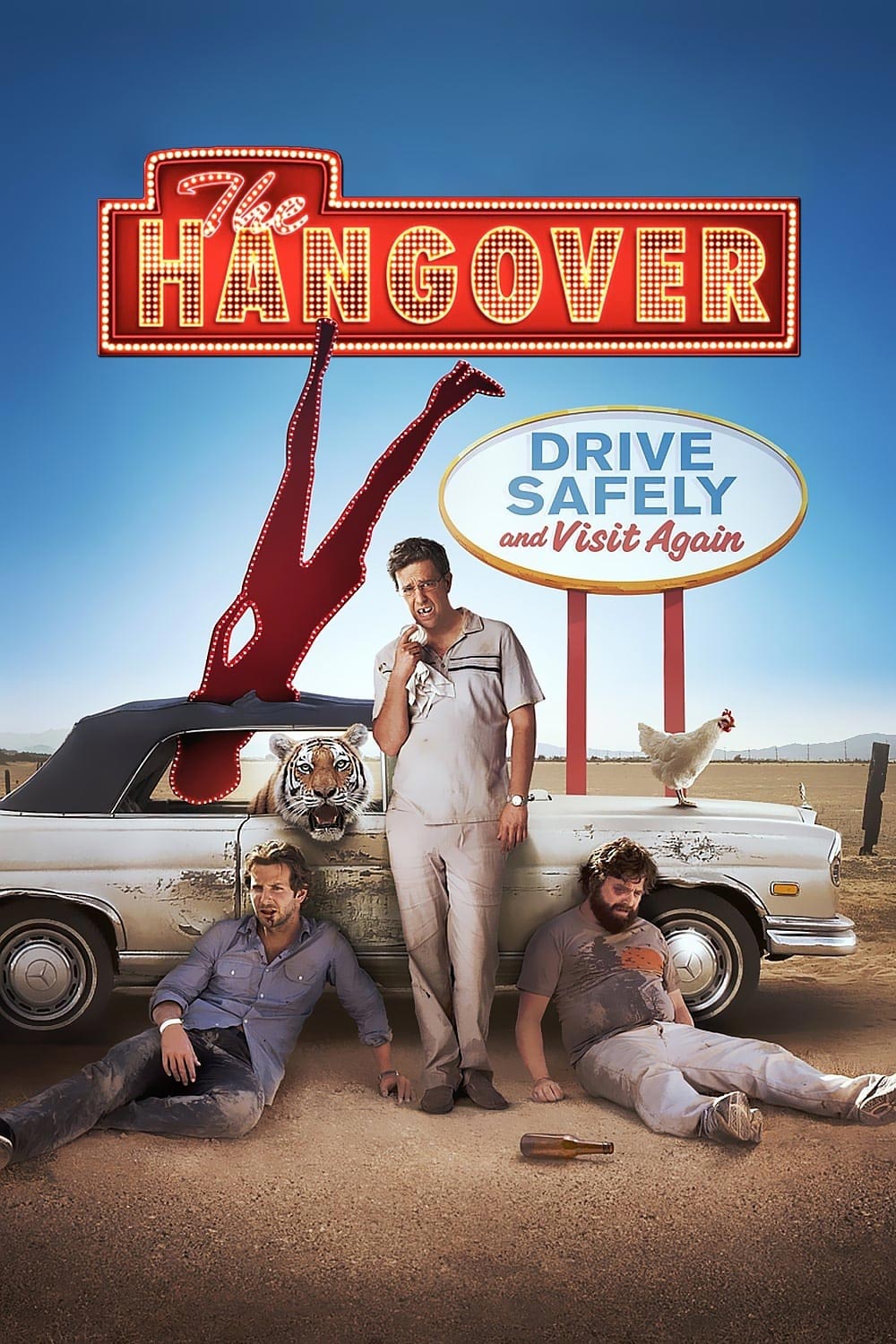Published on
Compared to Marvel, DC has always been more willing to take risks with its properties. They gave Christopher Nolan the freedom to create a Batman trilogy grounded in gritty realism, and Matt Reeves’ “The Batman” plays more like a detective procedural than a classic superhero film. Here, the detective just happens to wear a cape and cowl. Todd Phillips’ “Joker” is a comic book movie in name only. Inspired by ‘70s crime dramas like “Taxi Driver”, it’s an intimate, unsettling portrait of a man with mental health issues who dons clown makeup in the final act. Strip away a few name-drops and locations, and there’s almost nothing linking it to the DC universe. As a standalone film, it was strikingly original. But since it was called “Joker” and released in 2019, it raked in a billion dollars at the box office, making this sequel, “Joker: Folie à Deux”, practically inevitable.
But can you imagine Martin Scorsese coming back with “Taxi Driver 2”?
“Joker” was a perfect one-and-done movie, but here we are, back for another dose of Arthur Fleck (Joaquin Phoenix). This time, he’s locked up in Arkham State Hospital, awaiting trial as his attorney builds an insanity defense. While there, Arthur crosses paths with the woman who’ll become the love of his life—Harley Quinn, played by Lady Gaga.
This sets the stage for a two-hour-plus film that’s part prison drama, part courtroom saga—and all musical. Yes, you read that right: it’s a musical. Joker and Lady Gaga’s Harley Quinn break into classic show tunes at every opportunity, and even Brendan Gleeson, who plays a prison guard, gets a chance to join in. So, if you weren’t prepared for Arthur Fleck’s descent into song and dance, consider this your fair warning.
Musicals aren’t for everyone, but I can appreciate a solid one now and then, especially a good jukebox musical. I’ve got “Grease“, both “Mamma Mia!” films, and “Rock of Ages” in my Blu-ray collection. While “Joker: Folie à Deux” is technically a jukebox musical, most of its songs were unfamiliar to me, save for a few like the Bee Gees’ “To Love Somebody”. The appeal of a jukebox musical is usually that the songs are so iconic, the audience can practically sing along. Here, though, the lesser-known tracks fall flat and hardly make an impact. It doesn’t help that Lady Gaga is the cast’s only professional singer.
The biggest crime “Joker: Folie à Deux” commits is simply being boring. In the first act, we watch as the incel anti-hero becomes a model prisoner, finds “love”, and is manipulated by a woman who seduces him. In the second act, we move into a courtroom drama that lacks any twists, turns, or a climactic “You can’t handle the truth!” moment. Instead, we get Joaquin Phoenix slipping into a random Southern accent, and a hollow nod to the comics with the prosecutor named Harvey Dent.
If there are any redeeming qualities in this movie, it’s the impressive visuals and Joaquin Phoenix’s reliably solid performance. But these are mere glimpses of quality in a film that struggles to hold interest. It’s just not enough to make this movie remotely engaging.
Which brings me to the real question: how did they miss the mark so badly? Sure, terrible sequels are nothing new, but usually, that’s because the original creative team steps aside. Here, though, Todd Phillips returned, so what happened? The only explanation I can think of is that Phillips went all-in on meta, crafting a film about the Joker as if it were directed by the Joker. I mean, a prison-courtroom-musical hybrid? On paper, that’s a concept so bizarre it could only come from the mind of the Joker himself. Maybe “Joker: Folie à Deux” is actually an abstract art piece—a masterpiece beyond my understanding, too avant-garde for mere mortals to appreciate.
Only time will tell.



